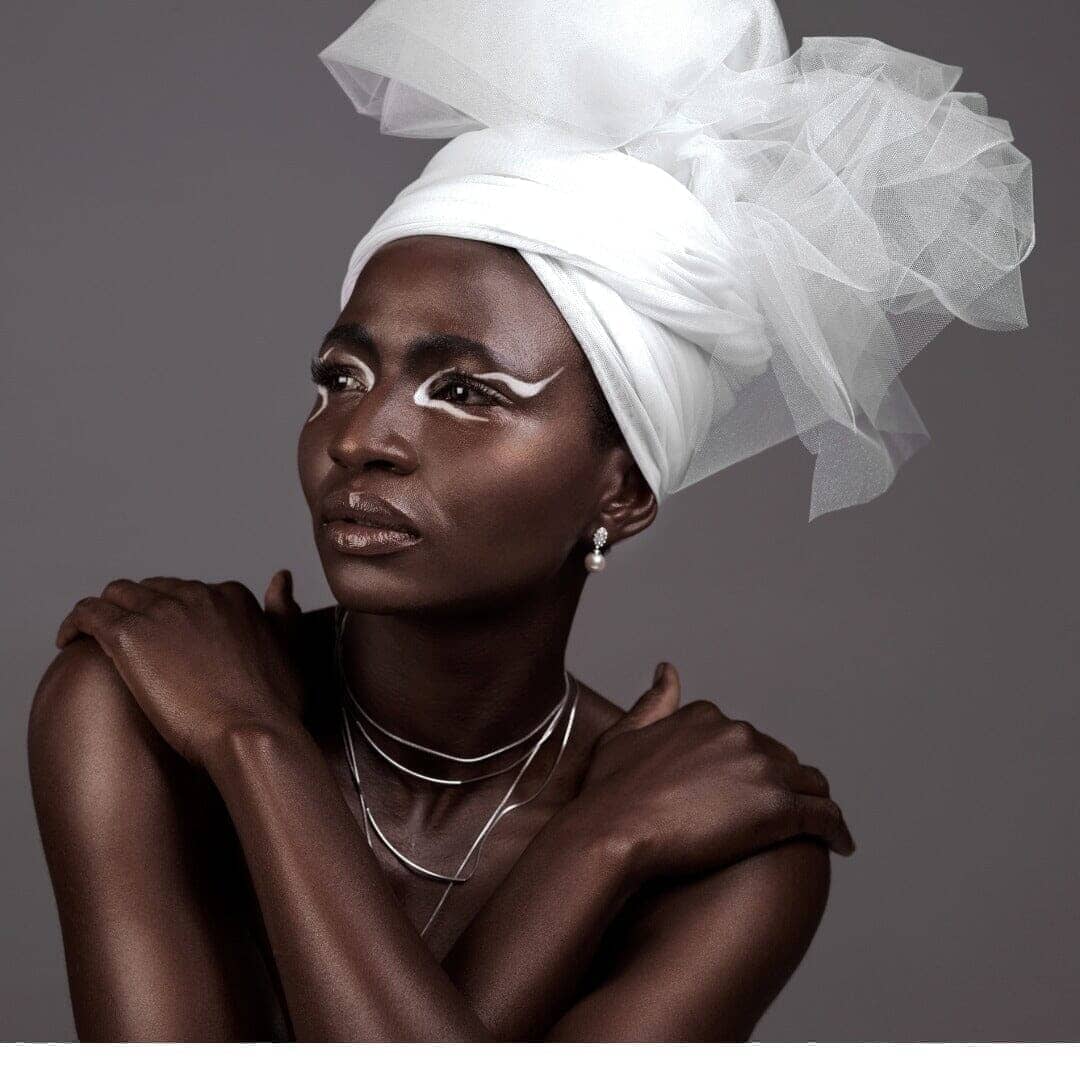
Everything you need to know about Adinkra (African) symbols
Share
African symbols
Used for generations, Adinkra are Akan symbols drawn in ink and used by the Gyaman people of Ghana and the Ivory Coast. Their representations and meanings are linked to fables and are used to bestow wisdom and knowledge. The history of the Gyaman people (also known as the Ashanti people), their way of life and their philosophy are all captured by Adinkra. Animals are a common representation, as their typical behaviour is relatable to humans, much like the stories in Aesop’s fables. War horns, cola nuts and palm trees are some other objects that are used to represent and impart this wisdom.
The Adinkra geometrical cuts and symmetry make them popular for use on fabrics, pottery, buildings and crafts. Sculptors, carpenters, fashion and graphic designers, and architects use the symbols in the design of their products or logos. You will see them everywhere in Ghana because of it.
However, the most common place to find Adinkra symbols in Ghana is on cloth; the cloth is decorated with Adinkra symbols and most commonly used during cultural gatherings but especially at funerals.
There are many different Adinkra Symbols and Meanings, over 60, and each symbol has a unique meaning. Some examples of the meanings behind Adinkra symbols include:
- ‘Bi-Nka-Bi’ means ‘bite not one another’ or simply that one should be careful not to step on someone else’s toes or upset them.
- 'Asase Ye Duru' or 'the earth has weight' signifies the importance of the earth, its nurturing and preservation.This symbol was the inspiration for Bôhten's newest line - the Duru Family.
- ‘Dame-Dame’ is the name of a chequered board game popular in Ghana. The Adinkra of this game symbolises intelligence and ingenuity.
- ‘Duafe’ or ‘feminine virtue’ is represented as a wooden comb.
- ‘Gye Nyame’ or ‘except God’ signifies the belief in a supreme being.
- ‘Akoben’ is the war horn which stands for ‘vigilance’ or ‘wariness’.
- ‘Mmerɛ-Dane’, which looks a bit like an hourglass means ‘time changes’ or ‘life has its dynamism’.
- The detailed, maze-like drawing of ‘Nea Onnim no Sua A Ohu’ means “he who does not know can acquire knowledge through learning”.
Adinkra symbols appear on many royal objects preserved by the Ashanti people, the most precious of which is the Golden Stool or ‘Sika Dwa Kofi’. The stool is the life force of the Ashanti kingdom and the grandest symbol of authority. Other pieces of regalia you will see it on includes Akan weights, sceptres, crowns and kente, which are all prominent at festivals.


5 comments
The Gyaman people are part of Bono/Abron people and not Ashanti.
I found an interesting resource about Adinkra symbols and their meanings:
https://symbolikon.com/meanings/adinkra-symbols-meanings/
Hope this helps!
The symbols were created by the Gyaman yes but they are not Ashantis. They are apart of the Bono’s in Ghana.
God bless you to do more
I love it
Thank you for sharing this information! It was very helpful and interesting. I have a tattoo of an Adinkra symbol on my back. It’s the Sankofa and ‘it means taking from the past what is good and bringing it forward in the future’.
This is special to me because I am a teacher and I believe it is important for students to know and understand that they must learn from their past and bring the knowledge they already possess with them to the classroom and build upon it.
I also believe in embracing these wonderful aspects of our past, history and inherited culture. I am from The Bahamas and live in Freeport, Grand Bahama Island. I love being of African decent and encourage those I teach to learn more about our African history and contributions to world cultures and societies. After all there’s lots more to us than just slavery.
Be blessed always!
L. Farrington, (Mrs.)